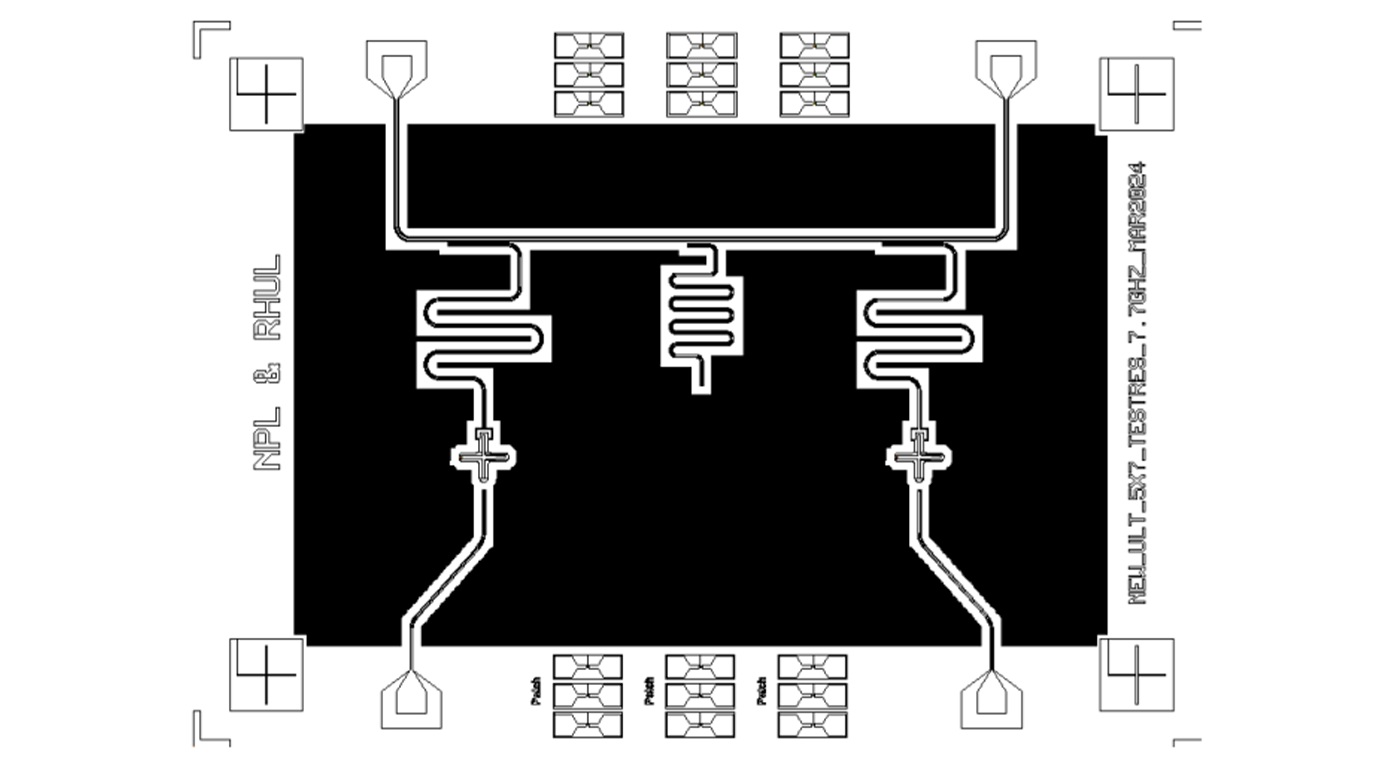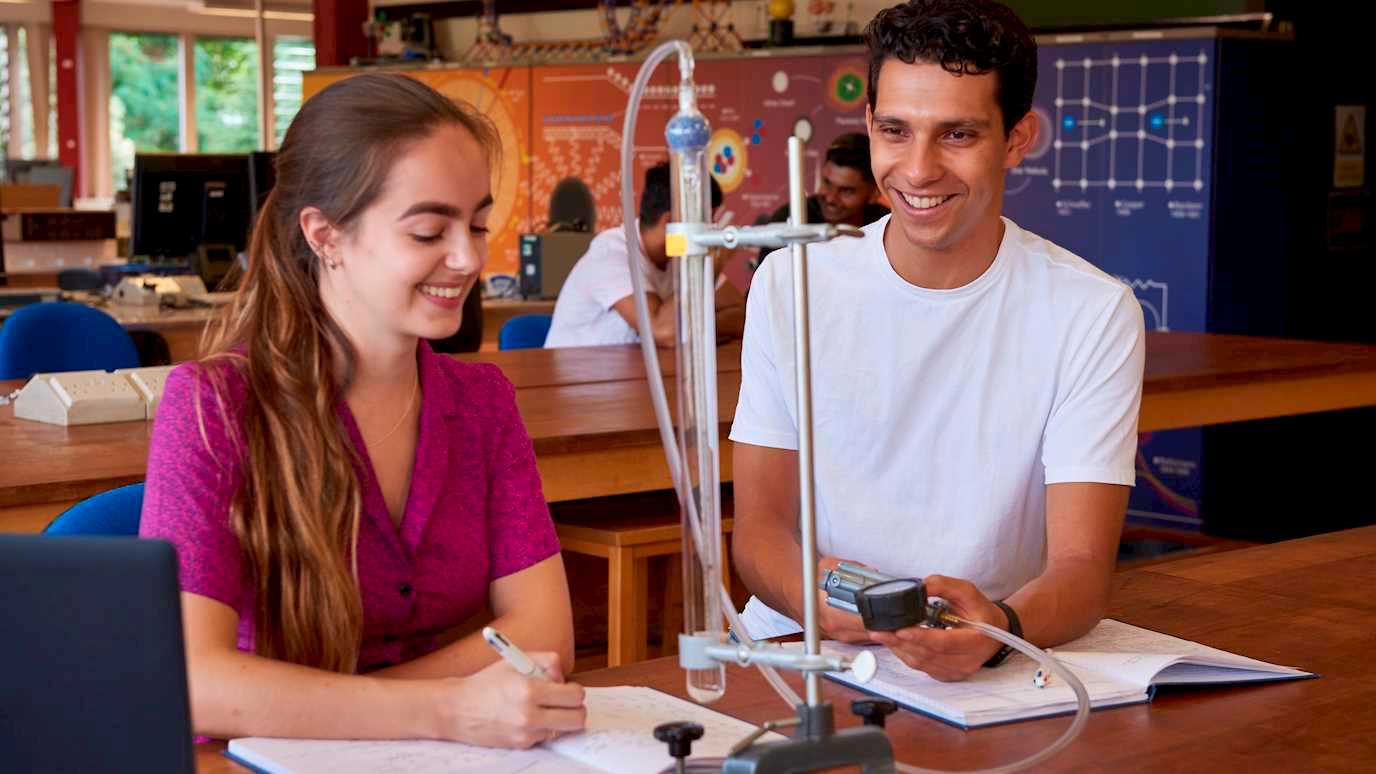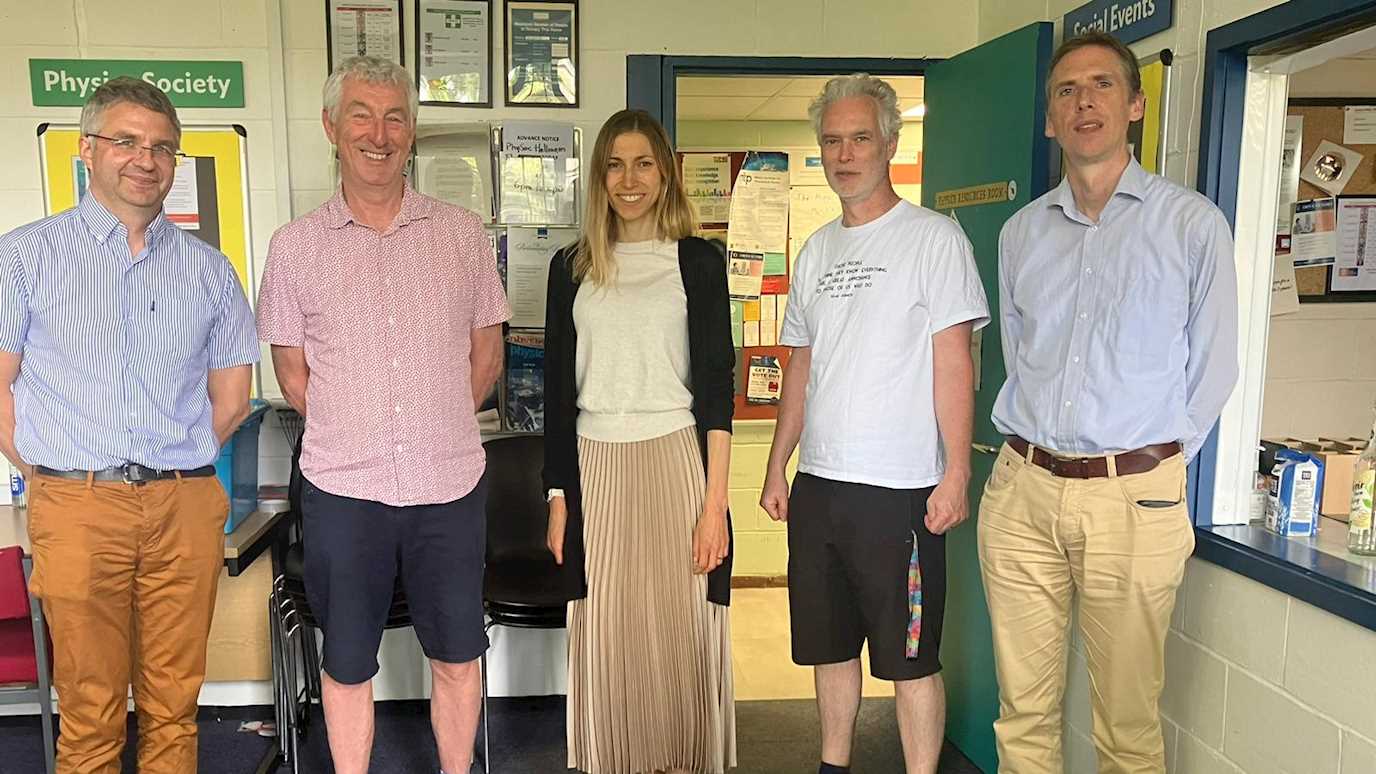The Royal Society, the world’s oldest independent scientific academy, dedicated to promoting excellence in science, is supporting the development of an exciting new research area at Royal Holloway, on quantum optomechanics.
Dr Xavier Rojas, who joined Royal Holloway as a Royal Society University Research Fellow in October 2016, will be leading this exciting new project, titled '2D phononic crystals for superfluid optomechanics in the quantum regime', supported by a grant of £150,000. The grant comes a few months after Dr Rojas was awarded £110,092 for an Enhancement Award to his Royal Society University Research Fellowship.
Building on the long tradition and world-leading position of the UK and Royal Holloway in low temperature physics and quantum technologies, Dr Rojas’ research programme aims to set up a new group and provide impact across multiple research areas. “Optomechanics is a fantastic new tool, which offers great promise for exploring the fundamental laws of physics and developing high-end applications for quantum technologies”, Dr Rojas said.
"In Optomechanics, we study the coupling of photons, elementary particles of light, with a mechanical resonator. Trapped in an optical cavity, photons can interact multiple times with a mechanical resonator allowing us to measure its motion with extremely high sensitivity. There exists a huge variety of optomechanical devices and sensing applications. To increase their sensitivity even further, nanoscale devices can be cooled to low temperature, to remove the thermal noise and reveal their quantum behaviour. While quantum effects are usually observable at the atomic scale, in optomechanics, we can explore them on engineered mechanical structures made of large atomic aggregates to study the classical to quantum world frontier."
The Physics research at Royal Holloway is ranked as world leading and its Ultra Low Temperatures group has received prestigious awards, including the Mott Prize
presented to Professor John Saunders in 2015.
Professor Stewart Boogert, head of the Department of Physics said “there is great potential of exploiting quantum behaviour for both fundamental physics research and applications. It is fantastic to have Xavier part of the team here at Royal Holloway.”
In this new research group, led by Dr Rojas, researchers will use superfluid helium as a mechanical element for quantum optomechanics. This exotic fluid demonstrates unusual properties, such as zero viscosity and low sound attenuation. By building well-defined nanostructures to confine superfluid helium, the researchers will control phonons, elementary particles of sound, in a whole new fashion, fully exploiting the fantastic properties of this acoustic media.
Scalable and tunable, this unique platform offers unprecedented performances for an optomechanical system. If successful, the project would help dive deeper into the quantum world and reveal its (many!) hidden secrets. At the same time, it will also be driving technological breakthroughs.
“We expect this research to underpin the knowledge base to develop new resources for quantum technologies, with the potential to generate high impact and benefit to society,” said Dr Rojas.
























